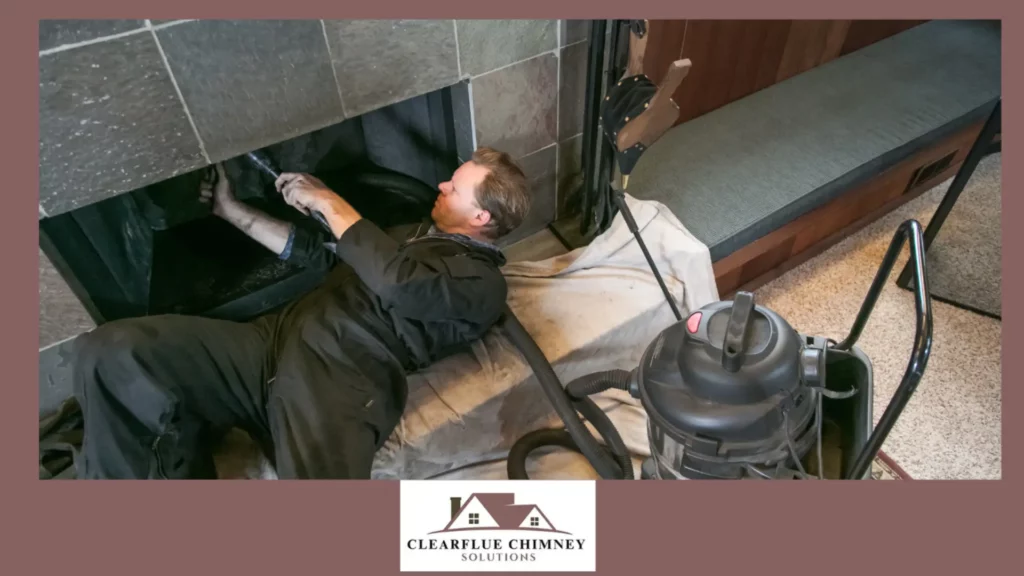Chimneys are an indispensable feature of modern homes, but their design and function have undergone a remarkable transformation over centuries. With each step in their evolution, the role of chimney sweep became increasingly significant, ensuring the safety and efficiency of these critical structures. The story of chimney design and the sweeping practices that emerged alongside it is one of ingenuity and adaptation.
The First Chimneys and Their Maintenance Challenges
The earliest chimneys, introduced in Europe during the 12th century, were basic constructions made of stone or clay. These simple designs, though revolutionary, often suffered from blockages caused by soot and debris. Before chimneys, homes relied on open hearths, which lacked adequate ventilation, filling living spaces with smoke. The introduction of chimneys improved indoor air quality significantly but brought with it the challenge of keeping these structures clean and functional. Early homeowners likely managed this task themselves, using rudimentary tools to clear soot buildup.
Innovations During the Renaissance
By the Renaissance period, chimneys became more common in urban settings. This shift was fueled by advances in architecture and the need for better heating systems in densely populated areas. Chimneys were now built narrower and taller, improving their efficiency but making maintenance more difficult. This change created the demand for skilled chimney sweep, who developed specialized tools, such as brushes and scrapers, to navigate these confined spaces. Sweeping practices during this era were dangerous, often performed by climbing inside chimneys or lowering workers from rooftops.
The Industrial Revolution and the Rise of the Chimney Sweep
The Industrial Revolution brought unprecedented growth in the use of chimneys, both in homes and industrial settings. Coal became the dominant fuel, producing a thick, sticky soot that adhered to chimney walls. These conditions made regular sweeping essential to prevent chimney fires and ensure proper ventilation. Unfortunately, this period also saw the exploitation of child labor in chimney sweeping, as their small size allowed them to climb inside narrow flues. Public awareness of these harsh conditions led to significant reforms, such as the Chimney Sweepers Act of 1834 in England, which improved worker safety and introduced mechanical cleaning methods.
Modern Chimney Design and Maintenance Practices
Today, chimney sweep are designed with advanced materials and engineering techniques that minimize soot buildup and improve efficiency. While traditional brick-and-mortar chimneys are still popular, stainless steel flues and prefabricated systems offer modern alternatives. Alongside these advancements, chimney sweeping has become a professionalized trade, with technicians using high-tech tools such as rotary brushes, vacuum systems, and cameras to inspect and clean chimneys. These modern practices not only ensure safety but also preserve the longevity of chimney structures.
The evolution of chimney design and sweeping practices illustrates humanity’s resourcefulness in adapting to changing needs. From rudimentary smoke vents to sophisticated heating systems, the development of chimneys and their maintenance has been a journey of constant innovation.
Read more:
Medieval Chimney Sweeps: The Rise of a Necessary Profession
From Open Fires to Chimneys: How Chimney Sweep Became Essential

